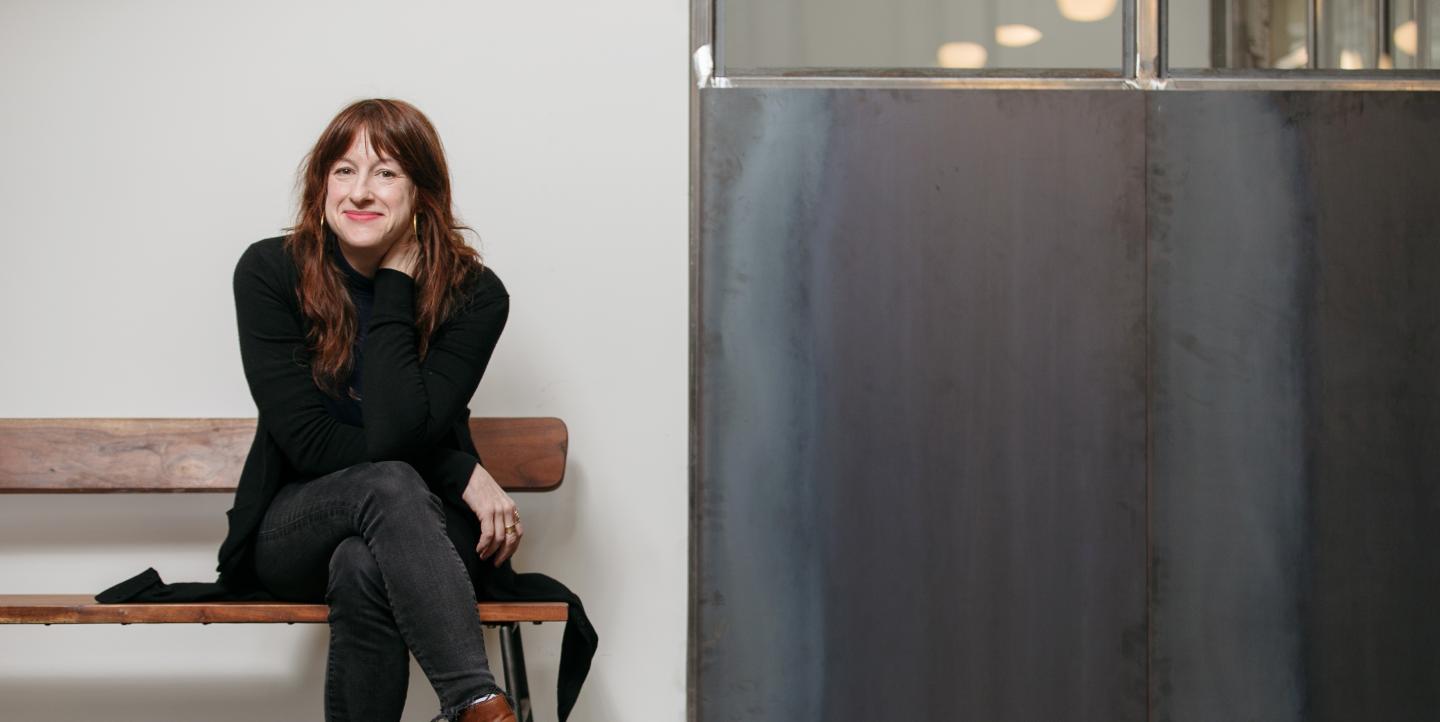Creator-led journalism is becoming ever more relevant. Audiences increasingly are turning to content creators, and away from traditional news sources, for their information. As this new reality evolves, the implications for media and society globally are profound.
But what does being a creator journalist truly entail? And what are some identifiable trends in this new-ish media landscape?
To understand more about content creators, creator journalism, and related topics, I turned to Liz Kelly Nelson, who is the founder of Project C, an initiative focused on creator journalism. Prior to that, she held notable jobs at a variety of media outlets, including The Washington Post and USA Today. She is based in the Washington, D.C. area.
Here’s our conversation:
How would you define the term, ‘content creator?’ What does everybody need to know?
Oh boy. It’s really become a flexible term. Depending on who you ask you’ll get wildly different answers. I would offer a distinction, though. “Content creator” is a term that covers pretty much anyone out there making content that is primarily distributed on social channels (I include YouTube there) — so people creating viral dance videos on TikTok, beauty Instagram influencers who publish get-ready-with-me videos, Twitch streamers. It’s a huge universe that is united not so much by content type as it is by audience and business models. It’s called the “creator economy” for a reason.
For the purposes of our chat, let’s narrow the focus to folks I work with and amplify: “creator-model journalists.” These are trained journalists, or others producing characteristically journalistic work, independently rather than for a news organization. They are producing journalism, but they are navigating the creator economy to distribute, monetize and grow audience.
But a word of caution: Not all news content on platforms like TikTok, YouTube, Instagram, Facebook or in newsletters is coming from creator-model journalists. A huge amount of what is called “news” comes from people who are better defined as “news influencers” — think of them as like the opinion section of the internet. This is something Pew demonstrated in a recent study and a distinction I tried to get at when I created the News Ecosystem Map.
Who out there is doing interesting work in this space?
There are a ton of creator-model journalists out there doing vital work independently. I’d point you to people like Bisan Owda, who is sharing Instagram reels from Gaza; Marisa Kabas who is getting major scoops on the Trump administration’s dismantling of the federal government; Matt Brown, who cornered the market on the business of college sports; and Bryan Vance, who launched recently and is just blowing up with his Portland, Oregon-based newsletter about grocery economics.

What are some of the challenges associated with being a content creator?
For journalists, the challenges are similar to most creators. There’s a learning curve that comes with essentially going from being a reporter or producer to a solopreneur. When someone dreams of launching their own project there can be this false sense that you’ll just get to do what you want — the craft — and set your own hours and not have a boss and all of that will be amazing. And it is, but there’s so much more.
Setting up an LLC [Limited Liability Company] or S-Corp, figuring out a budget and planning for estimated taxes, realizing you aren’t just the content creator, but also the social media lead, sales team, administrative support — and basically everything.
In Going Solo, the six-week workshop I run with five other instructors, we teach journalists everything they need to know to leave W-2 employment and launch their own direct-to-audience platforms. The curriculum is our attempt to solve for the biggest challenges: financial and emotional resilience, burnout and editorial planning, how to go after revenue, grow audience and above all, uphold the principles of ethical journalism.
Are you able to identify any creator trends over the past couple years?
There are more and more journalists making the shift to independence. Substack has built a thriving business on their growing reputation as the landing pad for many journalists leaving traditional newsrooms. I was traveling through Union Station in D.C. last week and saw a billboard ad for Substack that read, in HUGE letters: “Media isn’t dead. It’s on Substack.” And like it or not, they’re right. Of course, media is also on YouTube, TikTok, Instagram, Twitch, beehiiv, Ghost and a range of other platforms.
This is one area of the media industry where there is unquestioned growth and promise. Audiences — especially Gen Z and Alpha audiences — are getting their news on these platforms and from people they believe to be more trustworthy than traditional news brands. All of the trend lines are pointing in this direction: decline in trust in institutional brands and an increase in trust in real people.
We are still early in this space. It’s kind of the Wild West right now. Things will continue to shape up as business models jockey for dominance and consumers vote with their wallets for what they find most valuable.
Lately, we’ve seen traditional media noticing that they’re losing subscriber revenue to newsletter writers, for instance, and they’re starting to wonder why. It’s not a bad question to ask. I get lots of queries from traditional newsrooms wanting advice on how to borrow tactics from the creator space. That’s worth exploring, too, though I would rather see traditional newsrooms partner with creators than try to mimic them.
Turning to Project C, who is your ideal reader?
I have two primary audiences: First, journalism creators who have either already launched their standalone projects or want to. And second, the journalism industry itself.
With the creators, Project C is a resource that helps them not all have to reinvent the wheel as they set off on their own journeys. We’ve learned a lot from talking with folks about how to do all of the things and the newsletter shares out those best practices.
With that second set of readers, my hope is that Project C can help normalize this part of the evolution of journalism’s future so we can see more openness, collaboration and funding flowing into the independent journalism creator space.
In the last year, Project C has grown past the newsletter, though. I mentioned the Going Solo workshop. We also have a thriving Slack community of 60+ independent journalists who are now connecting daily to support each other, share tips and tricks, and generally connect and collaborate.
Would you talk about the Project C newsletter’s position within the newsletter ecosystem? Who are your biggest competitors?
The Project C newsletter is a little different from the newsletters run by the creators I work with. For me, the newsletter is a top-of-funnel space. It’s free to everyone because I don’t want to exclude anyone from accessing information that might help them launch a solo project. It’s become a go-to read for many journalists navigating this journey — along with lots of readers from traditional journalism spaces, academia and even philanthropic funders.
I don’t look at others working in this space as competitors. The creator journalism world is a very collaborative culture, which suits me super well. I am a connector. I love meeting others who have the same passion for this as I do and connecting them with each other, too. All of the people I work with and collaborate with regularly are also working to push the boundaries of creator-model journalism and make it more viable and real. People like Lex Roman, who writes a newsletter called Journalists Pay Themselves and runs the Slack community with me. Or Sam Ragland at the American Press Institute who has done incredible work in the past year to help newsrooms partner with local influencers. Or Francis Zierer, who writes Creator Spotlight for beehiiv and continues to turn out super-important interviews.
Main image courtesy of Emily Piraino Photography.
You can subscribe to the Project C newsletter here: https://projectc.beehiiv.com/subscribe.
This interview has been edited lightly.


